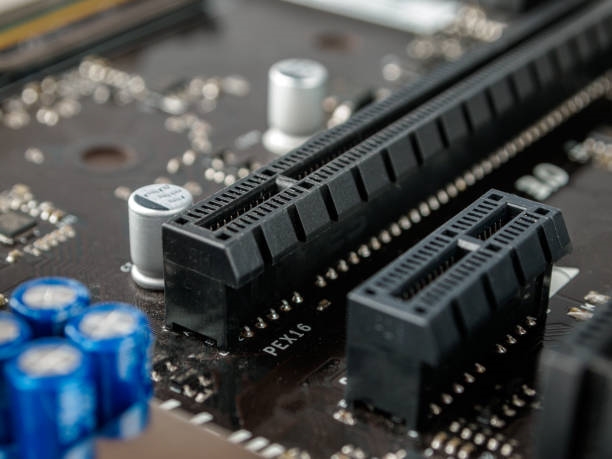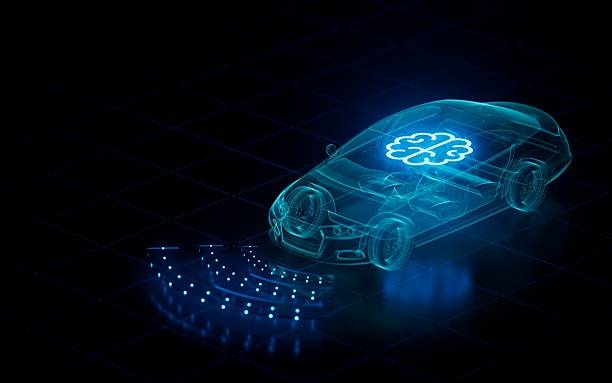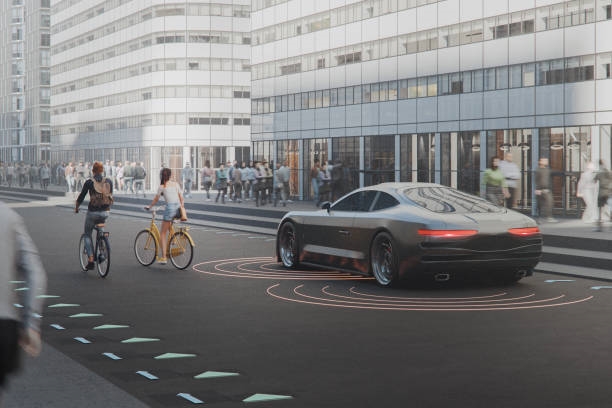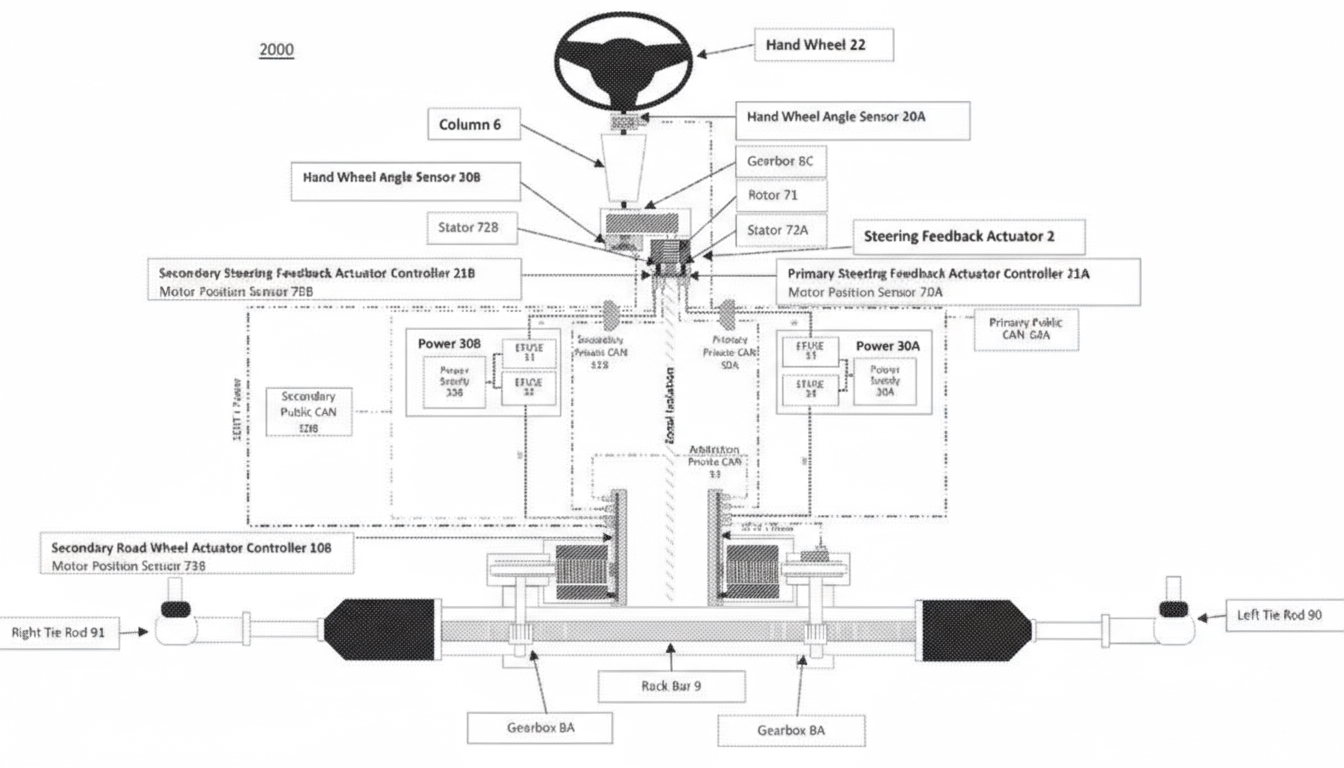The rise of software-defined vehicles has reshaped automotive design over the past decade. Traditional vehicles relied on dedicated hardware subsystems for functions like powertrain or infotainment. To support rapid model upgrades, modern designs integrate multiple functions into modular, flexible subsystems known as zones. Instead of specialized domain control units, vehicles now use two to three zone control units, streamlining functionality.
Shift to Electronic Fuses
Zone architecture replaces traditional fuses with semiconductor-based electronic fuses. Unlike discrete fuses, electronic fuses offer resettable outputs, allowing flexible placement without replacement after faults. This reduces cable length from power source to load, minimizing weight and harness costs by enabling smaller cable diameters. Electronic fuses also enhance trip time-current characteristics with lower variability, improving preventive maintenance, fault diagnostics, and power efficiency, which extends electric vehicle range.
Designing with Electronic Fuses
Connected vehicles require continuous system monitoring, from sensors to fuse status. Zone architectures demand flexible fuse configuration based on load changes. Electronic fuses, such as the TPS2HCS10-Q1, address this through serial peripheral interface (SPI) communication, enabling dynamic switch configuration and load diagnostics. Integrated analog-to-digital converters (ADCs) provide digital diagnostic data via SPI, eliminating the need for microcontroller (MCU)-based ADCs to monitor current and voltage. This reduces system cost and component count, as no external passive devices are needed for protection or diagnostics.
Standardized SPI interfaces simplify software and firmware development across vehicle models, reducing validation time and costs. Electronic fuses handle diverse current loads with a uniform interface for programming and data retrieval, minimizing MCU input/output (I/O) pin requirements and reducing the need for I/O expanders, which lowers printed circuit board (PCB) area.
Advantages of Configurable Electronic Fuses
Programmable Time-Current Curves
Unlike fixed current limits, electronic fuses use time-current curves to determine switch-off based on load duration and intensity. This allows handling high transient currents, like motor surges, while cutting off during overloads to protect wiring, PCBs, and connectors. SPI configuration enables flexible programming of fuse characteristics using nominal current and shutdown energy thresholds.
Low Quiescent Current
Electronic control units (ECUs) remain powered even when vehicles are parked, requiring electronic fuses with ultra-low quiescent current to prevent battery drain. Protection functions stay active, safeguarding against short circuits. Fuses autonomously switch between normal and low-power modes based on load conditions, reducing MCU overhead.
Configurable Capacitive Load Driving
Zone loads are often capacitive, requiring efficient capacitor charging. Electronic fuses offer two modes: constant current charging for high load currents and fixed transient voltage for low-current, high-capacitance loads. Programmable charging periods limit inrush currents, and configurable thresholds allow driving varied capacitive loads, adapting to circuit characteristics.
Impact on Zone Architecture
Electronic fuses, like the TPS2HCS10-Q1, with SPI communication, low-power modes, I2T current limiting, and smart capacitive charging, address development challenges in zone architectures. These switches enable advanced power distribution and provide protection and diagnostics for actuator applications, reducing cost, space, and development time.
 ALLPCB
ALLPCB







